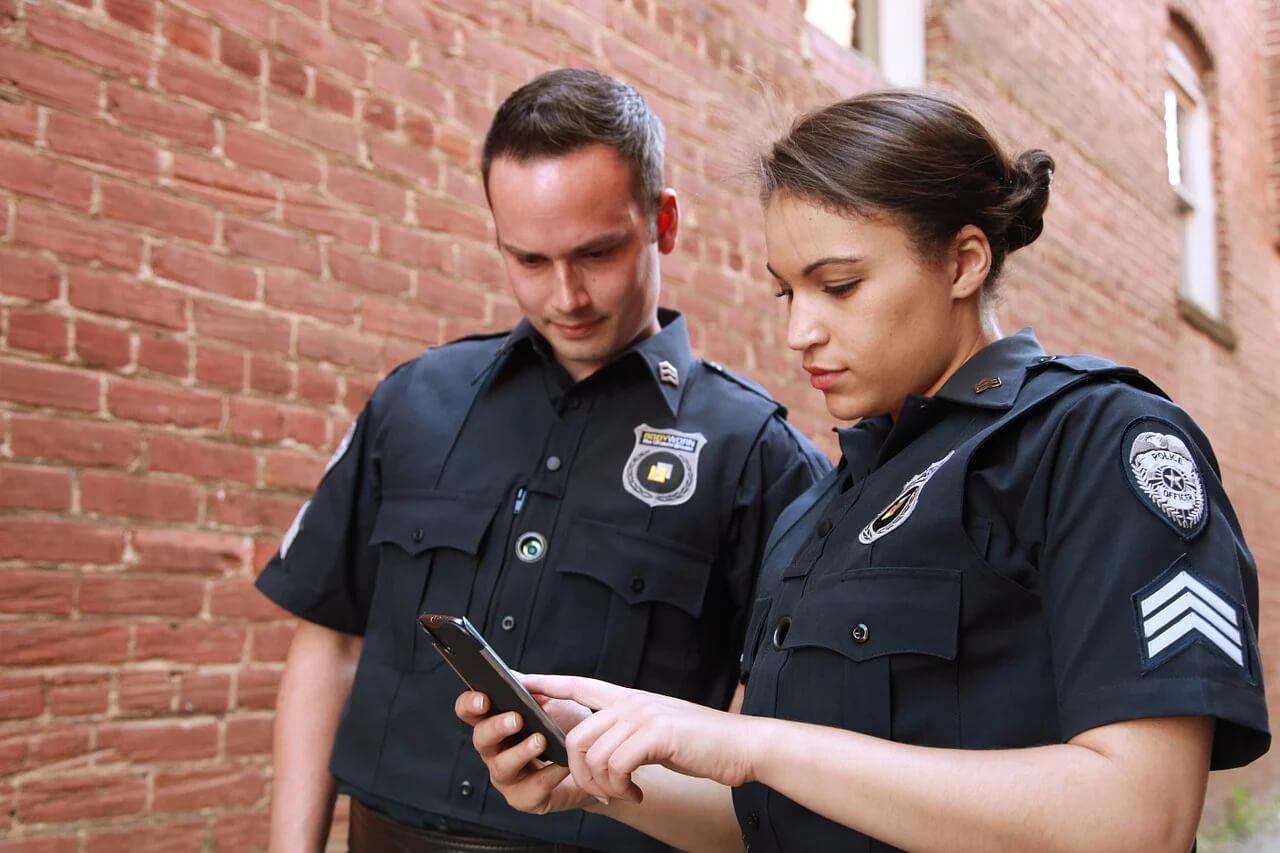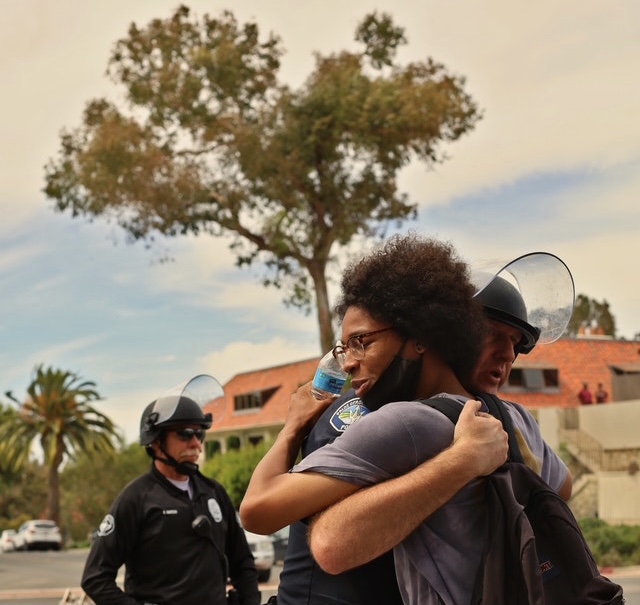Community Policing Strategies to Build Trust
Introduction
Community policing is a philosophy that emphasizes building relationships between law enforcement and the community they serve. It is a proactive approach to policing that seeks to prevent crime by addressing its root causes. Building trust between law enforcement and the community is essential to the success of community policing. In this blog post, we will discuss ten community policing strategies that law enforcement can use to build trust with their community. In a study conducted by the Department of Justice, it was found that officers who participated in community policing programs and had positive perceptions of community policing were more likely to engage in community policing activities, such as problem-solving and building relationships with community members. Thus, Officer Survey can provide valuable insights into the effectiveness of community policing strategies and help strengthen the relationships between law enforcement agencies and communities.
Establishing a Community Policing Unit
Establishing a dedicated community policing unit can be an effective way to build trust with the community. This unit should be staffed with officers who have a passion for community policing and who are trained in the skills necessary to build relationships with community members. The unit should be visible in the community and engage in regular outreach activities, such as attending community events, holding town hall meetings, and participating in community service projects.
Additionally, the unit should seek input from community members on issues related to policing and work collaboratively with community stakeholders to develop solutions. By establishing a community policing unit, law enforcement can demonstrate their commitment to building relationships with the community.
Finally, the unit should be held accountable for its actions and should regularly report back to the community on its activities and progress.
Building Trust through Transparency
Transparency is essential to building trust between law enforcement and the community. Law enforcement agencies should be transparent in their policies and procedures and should provide the community with information on how they operate. This includes providing information on the use of force, how complaints are handled, and how officers are trained.
Additionally, law enforcement agencies should be transparent in their interactions with the community. This includes providing clear explanations of why an officer is stopping someone, why they are conducting a search, and what their rights are. By being transparent, law enforcement can demonstrate that they are accountable to the community and that they are committed to building trust.
Finally, law enforcement agencies should be transparent in their investigations. They should provide regular updates to the community on the progress of investigations and be willing to answer questions from the community.
Implementing Problem-Oriented Policing
Problem-oriented policing is an approach to policing that seeks to identify and address the underlying causes of crime. It involves analyzing crime data to identify patterns and developing strategies to address these patterns. By implementing problem-oriented policing, can demonstrate that they are committed to addressing the root causes of crime, rather than just responding to it.
Additionally, problem-oriented policing involves working collaboratively with community stakeholders to develop solutions. This can help build trust between law enforcement and the community, as it demonstrates that law enforcement is willing to work with the community to develop solutions to problems.
Finally, problem-oriented policing involves measuring the effectiveness of strategies and making adjustments as necessary. By regularly evaluating the effectiveness of strategies, law enforcement can demonstrate that they are committed to ensuring that their efforts are having a positive impact on the community.
Creating Opportunities for Positive Interactions
Creating opportunities for positive interactions between law enforcement and the community is essential to building trust. This can include activities such as community cookouts, youth sports events, and community service projects.
By participating in these activities, law enforcement can demonstrate that they care about the community and are committed to building relationships. Additionally, these activities provide opportunities for community members to get to know law enforcement officers as individuals, rather than just as representatives of the law.
Finally, these activities can help break down barriers between law enforcement and the community, making it easier to build trust.
Providing Cultural Competency Training
Cultural competency training is essential to building trust with diverse communities. Law enforcement officers should be trained in the cultural norms and customs of the communities they serve. This includes understanding the language, food, and religious practices of the community.
By demonstrating an understanding of the community’s culture, law enforcement can build trust and avoid misunderstandings. Additionally, cultural competency training can help law enforcement officers to develop the skills necessary to work effectively with diverse communities.
Finally, cultural competency training should be ongoing, as communities are constantly changing and evolving.
Developing Relationships with Youth
Developing relationships with youth is essential to building trust with the community. Youth are often the most vulnerable members of the community and are more likely to have negative experiences with law enforcement.
By developing positive relationships with youth, law enforcement can demonstrate that they care about the community and are committed to building relationships. Additionally, developing positive relationships with youth can help to prevent crime by providing positive role models and encouraging youth to make positive choices.
Finally, developing positive relationships with youth can help to break down barriers between law enforcement and the community, making it easier to build trust.
Implementing Restorative Justice Practices
Restorative justice is an approach to justice that focuses on repairing harm, rather than punishing offenders. It involves bringing together the offender, the victim, and the community to develop a plan to repair the harm caused by the offense.
By implementing restorative justice practices, law enforcement can demonstrate that they are committed to addressing the harm caused by crime, rather than just punishing offenders. Additionally, restorative justice practices can help to build trust by involving the community in the justice process.
Finally, restorative justice practices can help to prevent future crime by addressing the underlying causes of crime and helping offenders to make positive changes in their lives.
Addressing Bias and Discrimination
Addressing bias and discrimination is essential to building trust with diverse communities. Law enforcement officers should be trained in recognizing and addressing bias and discrimination. Additionally, law enforcement agencies should have policies in place to address bias and discrimination.
By addressing bias and discrimination, law enforcement can demonstrate that they are committed to treating all members of the community fairly and impartially. Additionally, addressing bias and discrimination can help to prevent negative interactions between law enforcement and the community.
Finally, addressing bias and discrimination can help to build trust by demonstrating that law enforcement is committed to building relationships with all members of the community.
Conclusion
Building trust between law enforcement and the community is essential to the success of community policing. By implementing the ten community policing strategies discussed in this blog post, law enforcement can demonstrate their commitment to building relationships with the community. By working together, law enforcement and the community can create safer and more vibrant communities for all.








